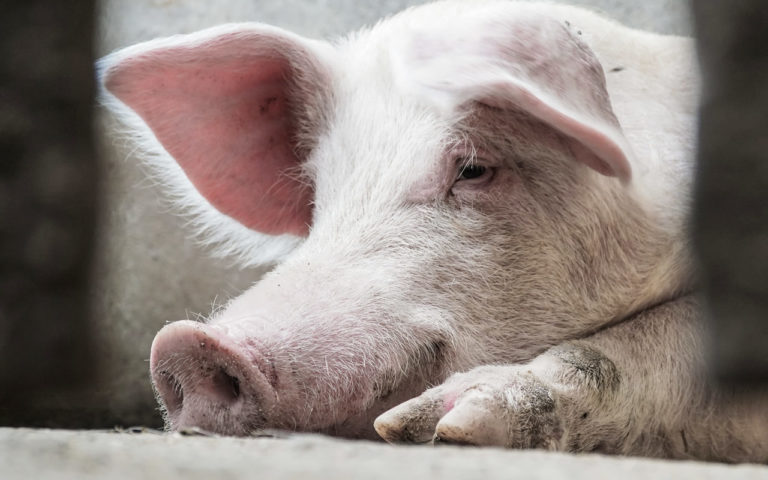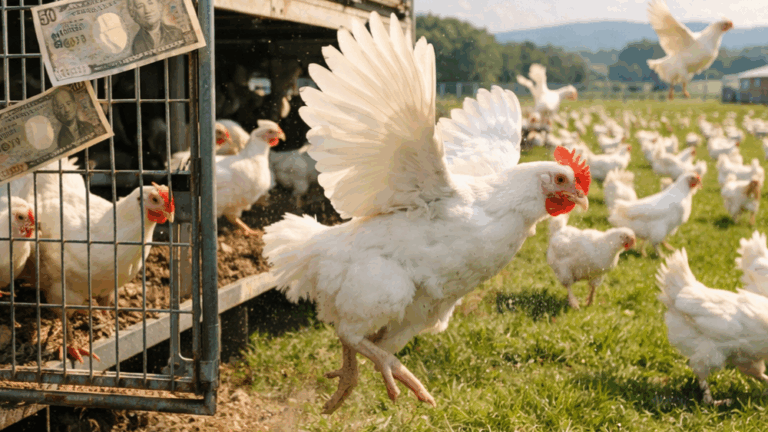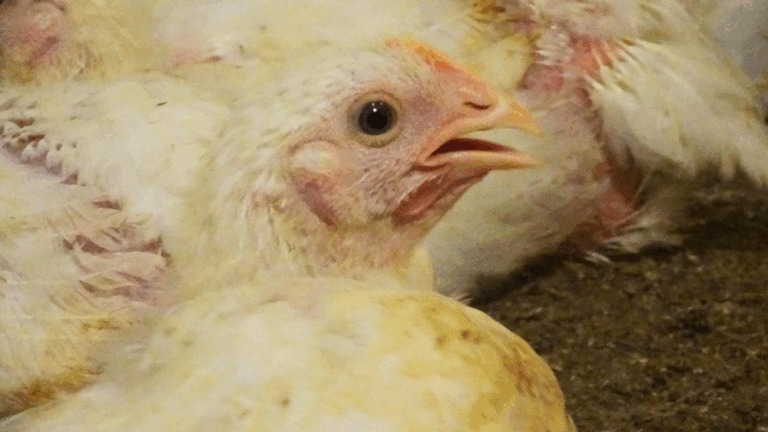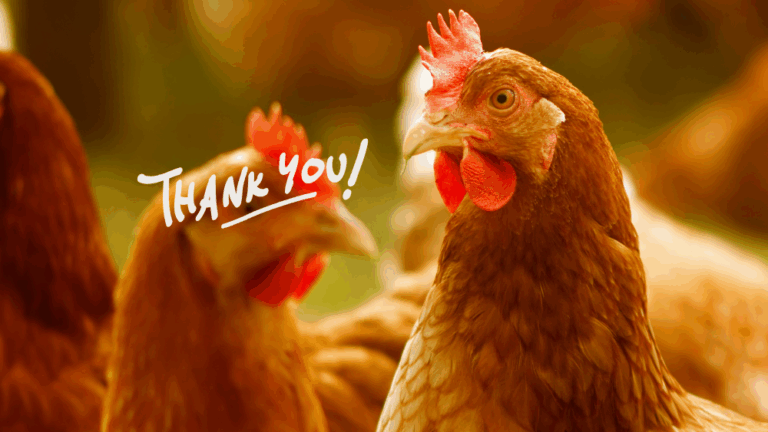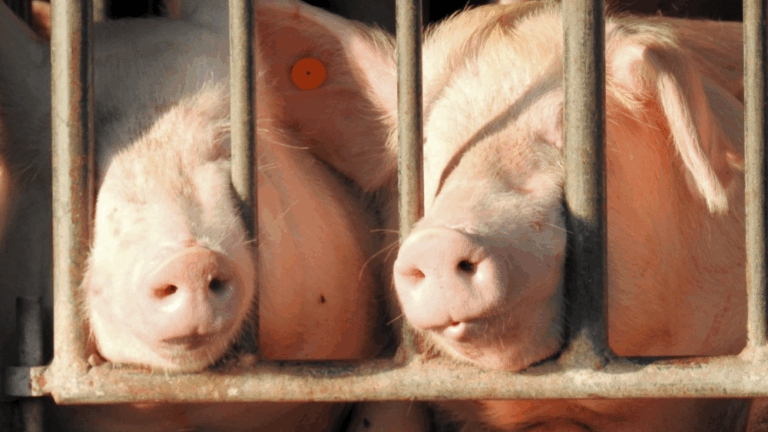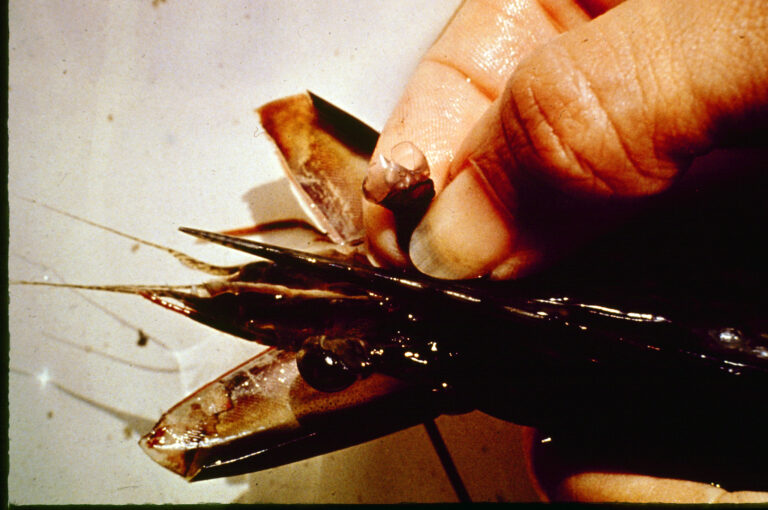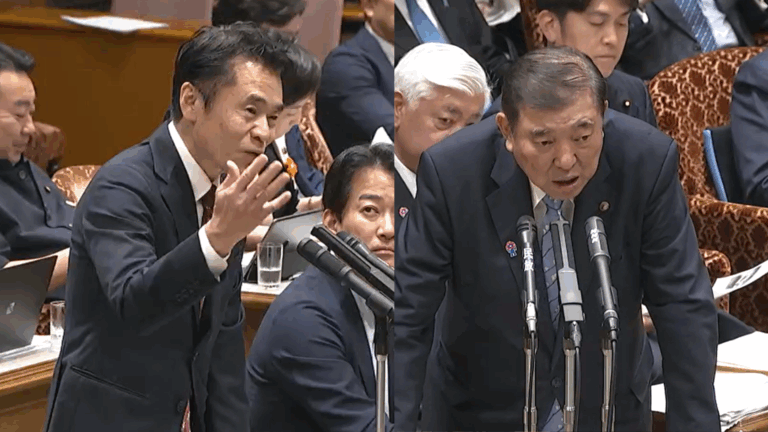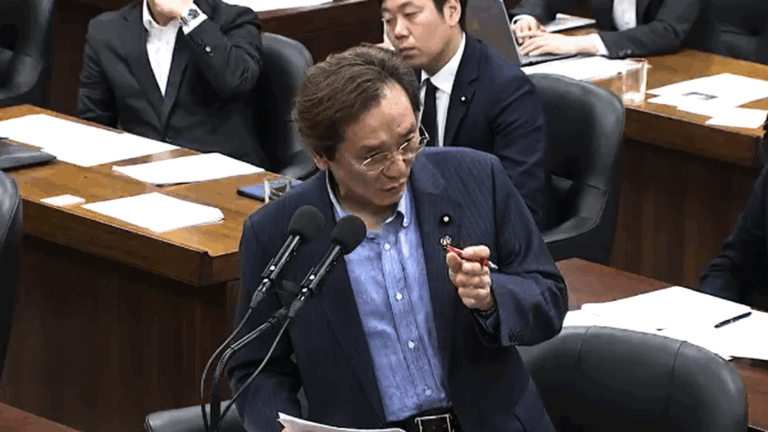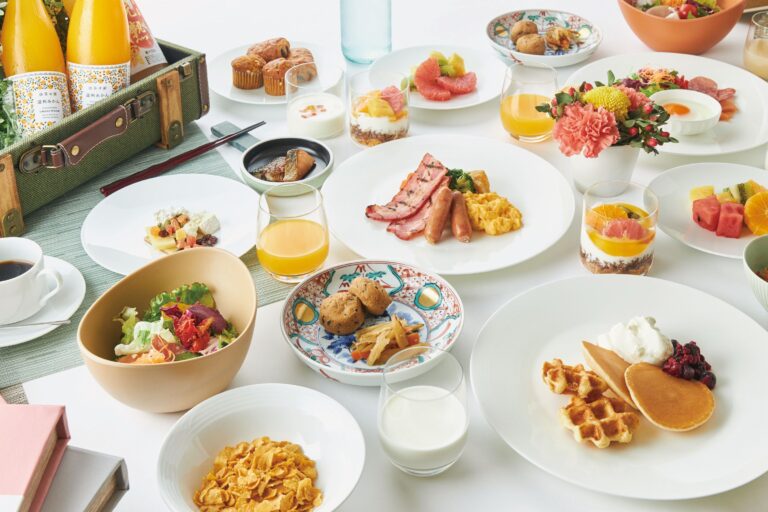It’s a big step for a pig producer in Japan to decide they no longer use sow stalls.
We confirmed Prima Meat Packers decided to go sow stall free for their new buildings as well as the existing facility when they renovate it in the future. Prima Meat is planning to build a new swine facility in Miyagi prefecture. This facility will be the first one to implement a sow stall free system in Japan equivalent to EU standards.
There are pig farms with some sow stall free houses. However, this is especially notable since Prima Meat is one of the biggest companies in Japan. We hope this will be the first step towards sow stall free in this country.
Unfortunately, Prima Meat Packers have not made any promise to go sow stall free yet. Per our standards, they recently stated they’d “consider” going sow stall free or to partially discontinue sow stalls. We will keep pushing them to go completely sow stall free in all of their facilities in a gradual process. However, the number of sows kept in stalls is still increasing in Japan
The number of pigs kept in stalls still increases
Stalls are still installed in new facilities in Japan.
If they install new stalls now in 2020, some companies may continue to use them for about 30 years, meaning till 2050. By 2025, most major pig farmers in the world are expected to go sow stall free. Japan is a country where milk cows are tied all day long though the world has discontinued this practice so it wouldn’t be surprising if it became the case. “Japan still utilizes sow stalls in 2050” — We should not let that happen. But, Japan is how it is. There is no consideration about animal welfare, no laws to enforce it, and the legislation is not held accountable. Keeping pigs in groups is recommended by the OIE Standards on Animal Welfare. The care and handling guideline of pigs for animal welfare referenced by the Ministry of Agriculture, Forestry and Fisheries also recommends raising pigs in groups as well.
Send your voice to your supermarkets, Co-op, delivery companies, restaurants, and hotels to request not to use pork from farmers using sow stalls.
If producers hear consumers’ opinions, they will switch to stall-free practice because they will get benefits from animals who become truly like animals in their natural state.
Regulations on Stall Free
| Period | Delivery through weaning | Weaning through breeding | 4 weeks after conceiving | pregnancy | 1 week before delivery |
| Approximate days | 21 to 28 days | 7 days | 28 days | 79 days | 7 days |
| Complete stall free | No confinement | No confinement | Keep in groups | Keep in groups | No confinement |
| Stall free including delivery | Some period of stall free | No confinement | Keep in groups | Keep in groups | Some period of stall free |
| Complete stall free during pregnancy (equivalent to laws in some states in the U.S) | No confinement | Keep in groups | Keep in groups | ||
| Stall free during pregnancy (equivalent to EU regulations) | Keep in groups |
| Manifest to go stall free | It’s not stall free yet, but it’s a big step. They don’t manifest they will go stall free with concrete dates but they claim to switch to stall free in the future |
| Statement they are partially stall free | It’s not stall free yet, but it’s a big step. Stated they procure pork from partially stall free facilities or their pig farms are partially stall free so consumers or vendors have this choice. |
Translated by Seika K


